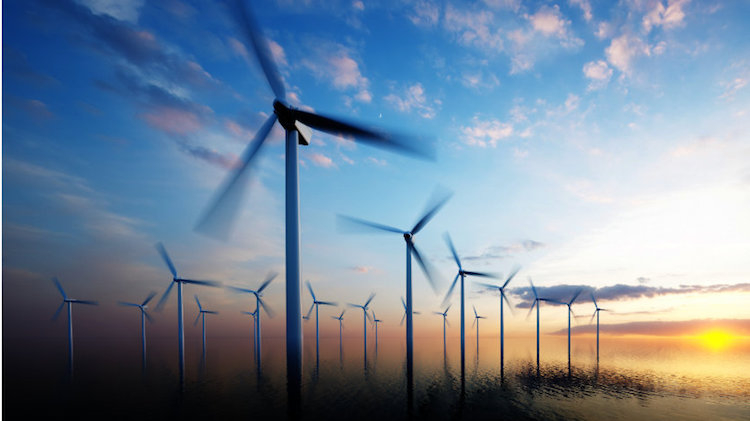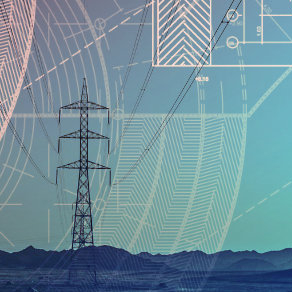
Offshore wind can balance the grid. Yes, you read that right.
People often sniff at wind power, saying that it's not reliable, but a pilot project carried out in Denmark last year showed that wind turbines can balance the electricity grid and supply energy exactly when it's needed.
It was demonstrated years ago that modulating the rotation speed of wind turbine rotors can help with load balancing, but wind turbines were actually used in the capacity market for manual reserves (mFRR) in a joint project between the energy trading group Energi Danmark Group and Danish TSO Energinet.
Wind turbines, it was found, can deliver as forecasts suggest and also have the necessary regulating capabilities, i.e. they are able to supply upward regulation, too. The next step now is to see if they can also deliver for automatic reserves (aFRR).
The signs are looking good as Denmark is not the only country exploring opportunities for wind energy.
Elering and Fingrid Oyj (TSOs in Estonia and Finland, respectively) recently piloted a solution that provides Fingrid an aFRR service, enabling Estonian players to take part in Finland's reserve market.
The significance of aFRR keeps growing due to wind (and solar) power capacity being added into the system. By procuring such capacity from Estonia, Finland can increase the supply on its daily market while taking a major step towards its goal, the utilization of cross border trading on various balancing markets.
Elering, meanwhile, has a few irons in the fire.
In a cooperation with its Latvian counterpart Augstsprieguma tīkls AS (AST), it recently launched the third Estonian-Latvian electricity connection, creating the prerequisites for establishing a network of offshore wind farms. Estonia is looking to meet its renewable energy goals, and investing in wind farms will go a long way towards that.
More and more market participants are starting to realize that wind not only causes balancing problems, but can in fact be a determining factor in ensuring grid stability. Additionally, it can facilitate the innovation of balancing market products.
With a better interconnection of the grid, the right software and hardware solutions are possible, which in turn leads to better coordination and closer cooperation between TSOs.




